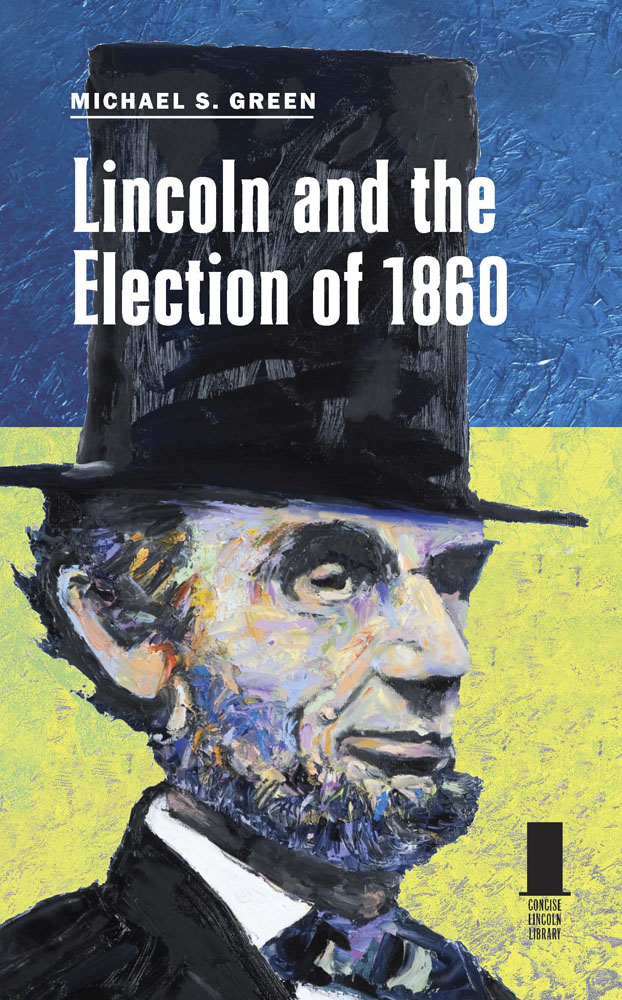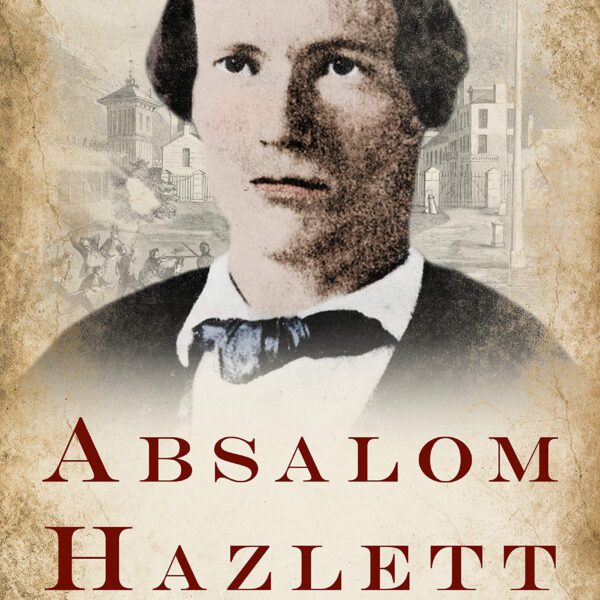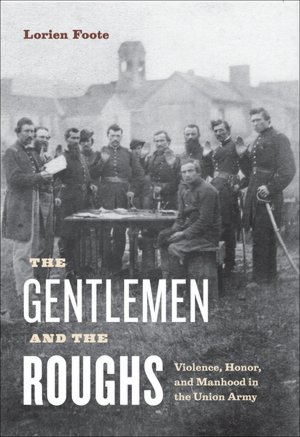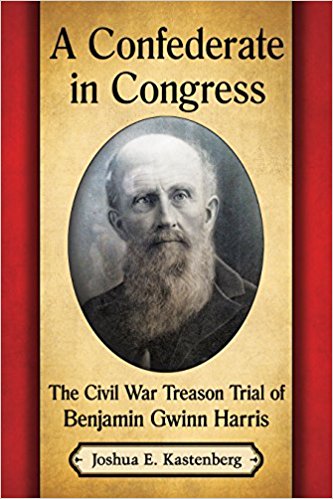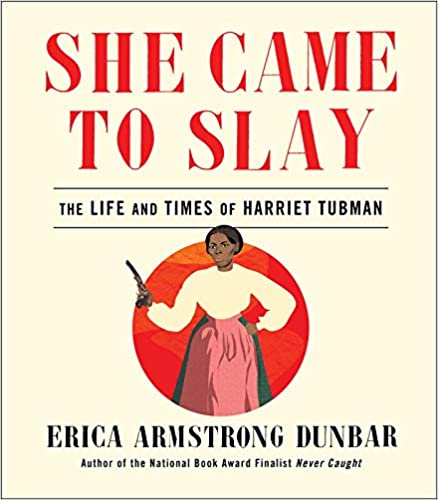This volume, part of a series entitled “The Concise Lincoln Library,” focuses on Abraham Lincoln’s role in the momentous events of 1860—the Republican presidential nomination in May, and his subsequent election in November. Green lauds Lincoln’s “deftness as a political manager” and depicts him as the master architect of the Republican campaign (66-67, 111).
Lincoln entrusted a talented team of Illinois lieutenants—led by Norman Judd, Leonard Swett, and David Davis—to promote his dark horse candidacy for the nomination. They did their work well. First, Judd laid a key piece of groundwork in December 1859 by persuading the Republican national committee to hold the party’s national convention in Chicago, the fast-rising western metropolis that enjoyed fast rail connections to the east. This was accomplished in part through subterfuge; Illinois appeared to be neutral ground to supporters of the better-known candidates—Missouri’s Edward Bates, Ohio’s Salmon P. Chase, and the presumptive front runner, New York’s William H. Seward, the two-term U.S. Senator and former governor. Lincoln’s managers then maneuvered around other in-state heavyweights—Lyman Trumbull, Orville Browning, and John Wentworth—to secure a united delegation to the convention for the “rail-splitter,” as Illinois’ favorite son.
In the leadup to the Chicago convention, Lincoln’s strategy was “to give no offence to others” (43). He positioned himself as a plausible second choice should Seward stumble. Lincoln’s managers reached out to their counterparts in the Lower North, especially in Pennsylvania and Indiana, where doubts persisted that the New Yorker was the right candidate to maximize Republican strength. In 1856 many old-line Whigs in the Lower North prevented a Republican victory by wasting their votes for former president Millard Fillmore on the American party ticket; the name of the game in 1860 was to lure Fillmore’s followers into the Republican fold. Davis and Swett fanned suspicions that Seward was too outspoken an opponent of slavery and too outspoken a friend of immigrants to win over conservative ex-Whigs.
Lincoln’s managers delivered brilliantly in Chicago. Working tirelessly—Davis was “nearly dead with fatigue” (56)—they chipped away at Seward’s supposed hammerlock by establishing on the first ballot that Lincoln was the New Yorker’s most formidable rival. Davis then finessed Lincoln’s admonition to “make no contracts that will bind me” (57) by insinuating that Pennsylvania could expect a cabinet appointment (it remains murky whether Davis made a specific promise regarding Simon Cameron). A big shift of votes from the Keystone State lifted Lincoln dramatically on the second ballot, and positioned him to go over the top on the third.
Custom dictated that a presidential candidate should renounce any public role after his nomination. As he quietly awaited the verdict of the people, he should avoid any electioneering. Lincoln appeared to honor the tradition; he made no speeches. But the adroit organizer and strategist was surreptitiously involved behind the scenes. He reached out to enlist the intra-party rivals he had bested—Seward played an especially notable role, as he barnstormed through the upper Midwest. Lincoln dispatched David Davis to Pennsylvania, where factional disputes threatened Republican chances, and to Indiana, where Richard W. Thompson, an influential ex-Whig, needed reassurances regarding Lincoln’s conservatism. Lincoln’s assiduous attention to the Lower North paid rich dividends: by gaining the allegiance of most former Fillmore voters, Republicans captured the key states of Pennsylvania, Indiana, and Illinois—and with them the presidency.
Readers of this volume may remain perplexed regarding Lincoln’s core motives. Did he give priority to stopping the growth of slavery and placing it on the road to “ultimate extinction”? Or had the acquiring and exercising of political power become for him an end in itself? How do we square our awareness of Lincoln’s emergence as a wartime emancipator with the abundant evidence that the prewar Lincoln was an obsessive tactician who repeatedly promised that he posed no threat to slavery in the states where it already existed?
Readers of this volume may also be reminded how much we need the sequel to the late William E. Gienapp’s masterwork, Origins of the Republican Party, 1852-1856 (Oxford University Press, 1987). A full account of the party’s history from its “victorious defeat” in 1856 to Lincoln’s victory in 1860—with due attention to state-by-state developments and to quantitative assessments of voter behavior—would provide a needed complement to studies such as this one that focus on political elites. Lincoln would be the first to spot this gaping hole in our grasp of late antebellum politics.
Daniel W. Crofts is the author of several books including Reluctant Confederates (1989) and A Secession Crisis Enigma (2010).
